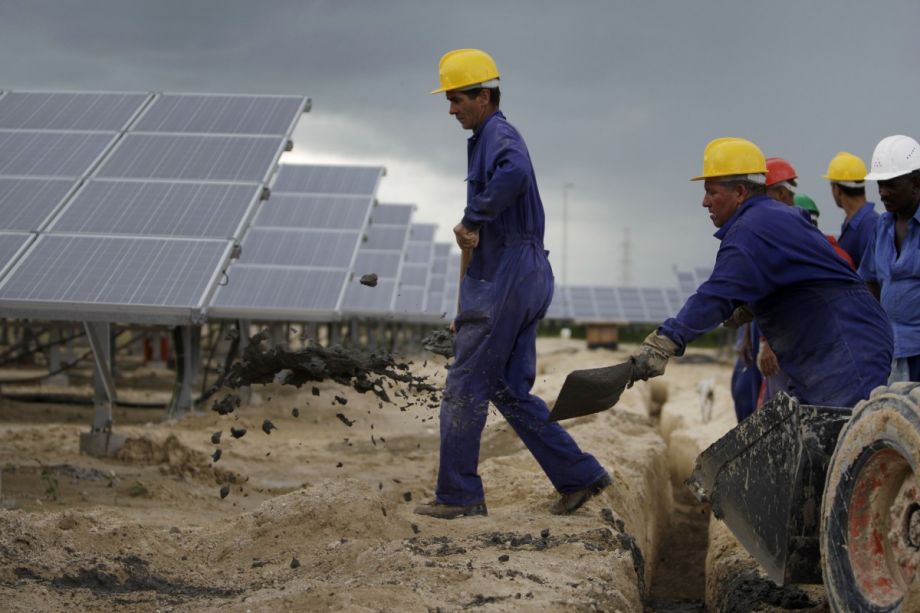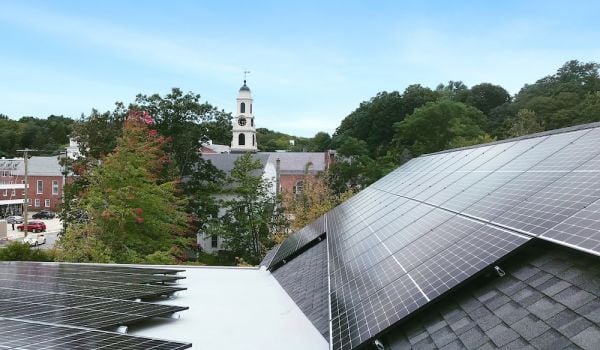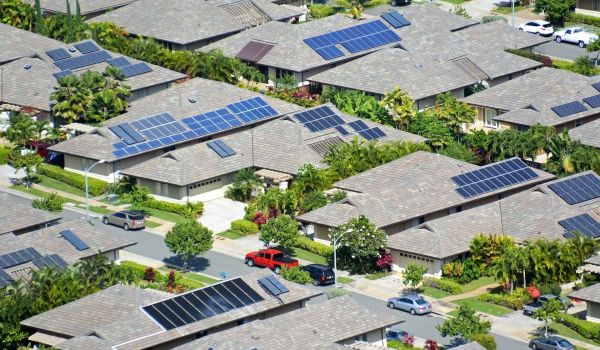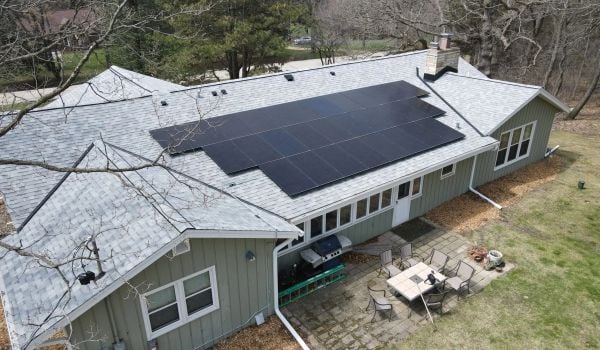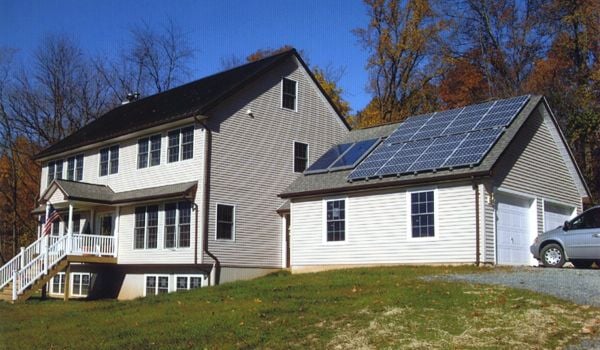Solar power can feel a bit like magic, taking the sun’s rays and converting them into the same sort of electricity that in the past could only be created by burning fossil fuels, but there’s a catch: You can only use it when the sun is shining. At night, or on cloudy days or in places where there’s not much sun, the technology is nearly useless.
For now, at least. But one group of researchers at the Massachusetts Institute of Technology and Harvard University thinks they’ve managed to do what seemed impossible: generate solar power when the sun isn’t shining.
In a mellifluously titled paper published in the journal Nature Chemistry – “Templated assembly of photoswitches significantly increases the energy-storage capacity of solar thermal fuels” – the MIT and Harvard authors describe a process whereby molecules known as “photoswitches” absorb energy from the sun and then remain stable until they’re jolted into their original configuration, explains the paper’s press release, by energy (in the form of light, heat or electricity). The reversion to the non-energized state causes them to give off heat, which can be converted to electricity.
The process is for the moment not very efficient, and becomes even less so when trying to capture the heat as electricity. “But for applications where heat is the desired output,” writes the MIT News Office, citing “heating buildings, cooking or powering heat-based industrial processes” as examples, “this could provide an opportunity for the expansion of solar power into new realms.”
Jeffrey Grossman, an associate professor of materials science and engineering at MIT and one of the paper’s coauthors, cited solar cooking in countries where electricity is not readily available as one possible application for the technology:
Grossman says there are many applications where heat, not electricity, might be the desired outcome of solar power. For example, in large parts of the world the primary cooking fuel is wood or dung — which produces unhealthy indoor air pollution, and can contribute to deforestation. Solar cooking could alleviate that — and since people often cook while the sun isn’t out, being able to store heat for later use could be a big benefit.
Unlike fuels that are burned, this system uses material that can be continually reused. It produces no emissions and nothing gets consumed, Grossman says.
The practical work follows up on theoretical work the team did three years ago, using computer analysis to prove the concept. Packing the photoswitch molecules as tightly as their computer simulations told them they’d need proved to be difficult, but they were pleasantly surprised when they found that the concept worked even at molecular densities that were less than half what they thought they’d need.
The technology would essentially be a molecular replacement for batteries, which are for the moment – and for the foreseeable future – required to store solar power. Battery storage technology has often been called the “killer app” for solar, and while this discovery is not likely to upend batteries’ role in storing power gathered from the sun, it could supplant it for low-intensity uses like the solar cooktops described above.
The Works is made possible with the support of the Surdna Foundation.
Stephen J. Smith is a reporter based in New York. He has written about transportation, infrastructure and real estate for a variety of publications including New York Yimby, where he is currently an editor, Next City, City Lab and the New York Observer.


